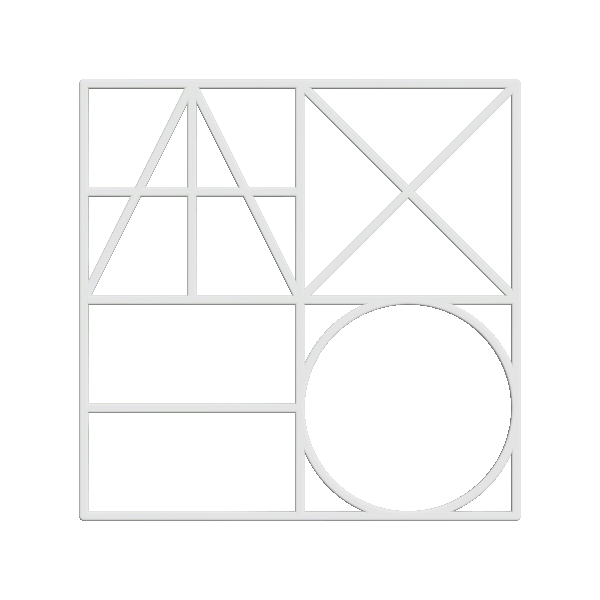'Worksheet for Visual Workout' didactic material in three editions
Visual translation / Design research / Graphic design
Project curator: Prof. Petra Müller-Csernetzky
Team members: Luana De Almeida, Lisa Shahno, Sebastián Quintero
Project curator: Prof. Petra Müller-Csernetzky
Team members: Luana De Almeida, Lisa Shahno, Sebastián Quintero
The main focus of this project is to suggest possible frameworks in which individuals from neighboring areas of design can be introduced to principles and concepts of visual communication. To reach its objective, a series of experiments were conducted throughout the project, enabling us, as designers and observers, to have a more comprehensive understanding of the behaviors of the target group.
As a result of a continuous process of research, observation, analysis and adaptation, the final outcome of this project is a series of exercises titled 'Worksheet for Visual Workout' (WFVW), which consists of three editions focused consecutively on image, typography and the combination of text and image. Said exercises aim to provide the target audience with didactic information through a practical and playful experience.
As a result of a continuous process of research, observation, analysis and adaptation, the final outcome of this project is a series of exercises titled 'Worksheet for Visual Workout' (WFVW), which consists of three editions focused consecutively on image, typography and the combination of text and image. Said exercises aim to provide the target audience with didactic information through a practical and playful experience.
Central Challenges
Read more >>>
While reflecting on the main aspects and phenomena within the group‘s expertise (typography + layout + image analysis), we have identified a few points that are always a challenge when it comes to the topic of visual communication or, more specifically, the challenges one faces while coding and decoding a message through the use of visual aids. One of the most defying points is that individuals — in the target group — tend to be too literal while communicating an idea by visual means. The average person who does not possess previous training in visual communication is undoubtedly able to express an idea by visual means but will usually resort to elements that are close in meaning to the denoted message.
In addition, another problem the team has faced is the fact that the process of learning how to connote a message is one that takes a long time to happen. In this sense, one of the obstacles to overcome is defining the right approach to transmit the expertise in a compressed but effective way.
In addition, another problem the team has faced is the fact that the process of learning how to connote a message is one that takes a long time to happen. In this sense, one of the obstacles to overcome is defining the right approach to transmit the expertise in a compressed but effective way.
Problem Definition
Read more >>>
Currently, education or teaching of visual communication principles outside the curricula of design programs consists of a general introduction to theories such as the principles of Gestalt. Individuals in design’s neighbor areas of design that are not primarily focused on visual communication — are aware of the existence of such principles but are inexperienced or unfamiliar with their particularities and applications. As a consequence, said individuals are likely to meet some difficulties while conveying ideas and going further away from a literal representation of textual information, or how to convey said ideas into a visual message. One example would be that, while presenting or conceptualizing a project, those individuals would lack in resources and tools to achieve the maximum communicative potential of an idea.
'How-To' Research Question
How to use elements such as images, typography, and text, in order to decode a message, concept or idea (denotation) and construct a visual interpretation out of it (connotation)?
'How-To' Research Question
How to use elements such as images, typography, and text, in order to decode a message, concept or idea (denotation) and construct a visual interpretation out of it (connotation)?
Learning Goal
Read more >>>
Understanding that the perception of visual aspects depends on the context they are given. By being presented to a series of exercises based on principles of visual communication, participants of the research are prone to become aware of the additional meanings embodied in images and text. The main objective for the participants is to realize, through such experience, how additional meanings can be used while conveying messages and ideas.
